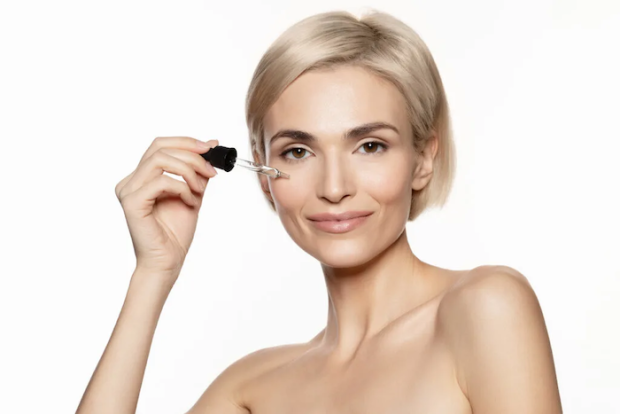How well do you really understand your skin type? Do you know if you have combination, dry, oily, or sensitive skin? Do you always opt for the same skin care treatments, not really sure if they are the best fit for you? If you can relate to any of the questions above, then you have come to the right place.
Understanding your skin type is essential for choosing the right treatments that meet your individual needs.
Doing so can help you to prevent common skin issues, such as breakouts and dryness, and give you the healthy and glowing skin you have always desired.
This blog post will provide you with all the information you need to properly assess and understand your skin type, as well as give you a few tips for creating a skin care routine that works for you.

Identify Your Skin Type
The first step in understanding your skin type is to identify it. There are five basic skin types: normal, oily, dry, combination, and sensitive.
Each type has distinct characteristics and requires different levels of care. Normal skin is generally balanced and clear.
Skincare Perth offers a wide range of high-quality and effective skincare treatments and products to help you achieve a healthy and radiant complexion.
Oily skin tends to be shiny and prone to blemishes. Dry skin lacks moisture and is often flaky or itchy.
Combination skin has characteristics of both oily and dry, usually with an oily T-zone and dry cheeks.
Sensitive skin is usually dry and easily irritated. To determine your skin type, examine your skin in natural light, paying particular attention to how it feels and how easily it becomes oily or dry. This will help you to make the best decisions when it comes to your skin care routine.
Understand Your Skin Concerns
Before you can decide which treatment is right for your skin, it’s important to understand your skin concerns.
Do you have dryness, oiliness, or a combination of the two? Are there specific areas of your face that require special attention, such as an oily T-zone? Knowing your skin type is the first step to understanding what treatments might be best for you.
You may also want to consider your age and lifestyle. For example, younger skin may require different treatments than more mature skin, and those living an active lifestyle may require additional protection from sun exposure. Taking the time to understand your skin will help you choose the right treatment for your needs.
Research Products Suitable for Your Skin
Once you have determined your skin type, it is important to research products suitable for your skin.
Look for products that are specifically tailored to your skin type and needs. Do not be swayed by hype or promises of miracle cures – read the ingredients and research any unfamiliar ingredients to make sure they are suitable for your skin. Read reviews from people with similar skin types, and look at photos of others who have used the product.
Make sure to look for reviews and feedback from those who have tried and tested the product. Doing your research can help you make an informed decision when it comes to choosing a product.
Consult with a Professional
If you’re still unsure of what skin type you have, consider consulting with a professional. A qualified aesthetician, dermatologist, or healthcare provider can examine your skin and recommend a tailored skincare routine for you.
They can also provide information about treatments that are suitable for your specific skin type, such as chemical peels and microdermabrasion.
Ultimately, understanding your skin type is the key to choosing the right treatments for your needs. Consulting with a professional is an excellent way to figure out the best course of action for you.
Monitor Your Progress for Optimal Results
After you have chosen the right skin treatment for your needs, it is important to monitor your progress to ensure optimal results.
To ensure that you are getting the most out of your skin treatment, you should start by scheduling regular follow-up visits with your doctor or dermatologist. During these visits, your provider can assess your skin’s progress, answer any questions you may have, and adjust your treatment if necessary. Additionally, it is important to keep a record of your treatment results, such as improvements in your skin’s texture, changes in acne severity, or any other changes you may have noticed. By taking the time to monitor your progress, you can ensure that your skin treatment is effective and that you get the most out of it.
Read More:

